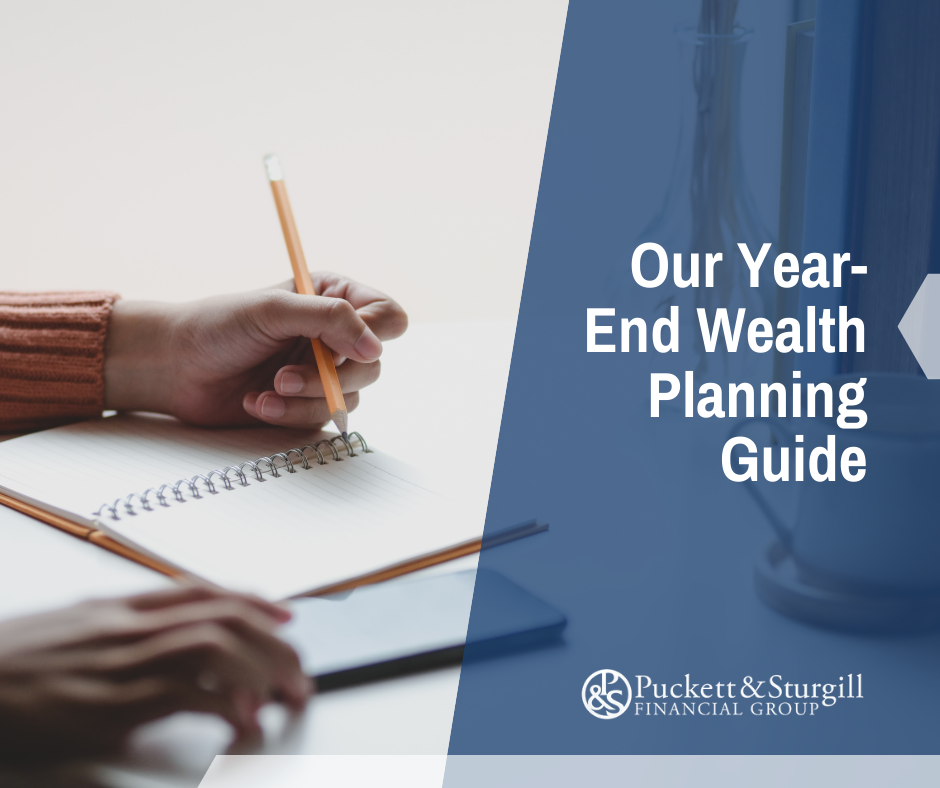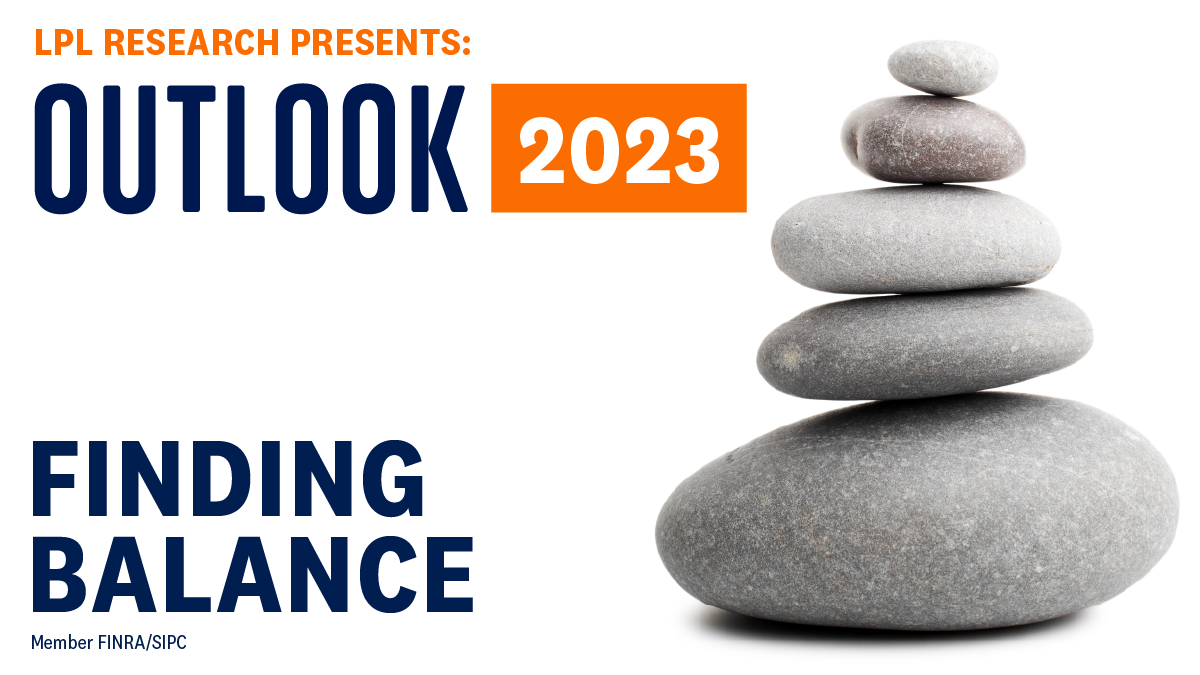
A Look at Tax Planning for Retirement
After years of saving and planning for their golden years, many people nearing retirement fail to consider the tax burden they may face on income they receive after they stop working. While you will likely see a reduction in the amount of taxes you owe after the age of 65, you still need to plan ahead if you want to minimize your tax bill from the IRS. Social Security Benefits Depending upon your total income and marital status, a portion of your Social Security benefits may be taxable. For a rough estimate of your potential tax liability, add half of your Social Security benefits to your projected income from all other sources. This figure is your adjusted gross income (AGI), plus any tax-free interest income from municipal bonds or foreign-earned income. Up to half of Social Security benefits are taxable if this sum, which is called your provisional income, exceeds $25,000 for singles or $32,000 for married couples filing jointly. However, up to 85% of Social Security benefits are taxable if your provisional income is above $34,000 for single filers or $44,000 for married couples filing jointly.
Use the Social Security Benefits Worksheet in the instructions for IRS Form 1040 to calculate the exact amount of taxes owed. Rather than writing a large check once a year, you can arrange to have taxes withheld from your Social Security benefits checks by completing Form W-4V and filing it with the Social Security Administration. Other Income Sources In addition to collecting Social Security benefits, most retirees receive their income from a variety of sources, including distributions from 401(k) accounts and individual retirement accounts (IRAs); payouts from company pensions and annuities; and earnings from investments.
Contributions and earnings growth are tax deferred on 401(k)s and traditional IRAs; however, distributions from these accounts are fully taxable, but have no penalties if withdrawals are made after age 59½. If you have savings in 401(k) accounts or traditional IRAs, you must begin making withdrawals from these accounts—and paying taxes on the distributions—by April 1 of the year following the year in which you reach age 72. If you are at least 59½ years old and have owned a Roth IRA or Roth 401(k) for at least five years, withdrawals are completely tax free. There are no minimum distribution requirements for Roth accounts. Strategies to Minimize Taxes Most retirees with nest eggs or pension income of any size will pay at least some taxes on their retirement income, but there are strategies to reduce the amount owed. While it usually makes sense to delay taking taxable distributions from retirement accounts until the funds are needed, or until distributions are required, you may want to withdraw more funds in tax years when claiming a large number of deductions temporarily lowers your tax rate. You may, for example, choose to take advantage of itemized deductions, such as the breaks for medical expenses or charitable gifts, in certain years, while taking the standard deduction in other years.
A desire to leave a portion of your assets to your family may also influence how you handle withdrawals from tax-deferred accounts. Keep in mind that, if you leave behind funds in a traditional IRA, the rules for inheritance can be complex. To avoid these issues and make it easier to pass on your estate to family members, consider converting traditional IRAs to Roth IRAs. While you will have to pay taxes on the funds converted, moving to a Roth IRA eliminates future tax liabilities, regardless of whether you use the funds in retirement or pass the money on to your heirs. Alternatively, you may wish to consider cashing in your traditional IRAs and using the funds to purchase tax-free bonds or a life insurance policy that will provide your heirs with a tax-free inheritance. If you are planning to retire soon, consider the tax implications of your income to avoid an unexpected bill from the IRS. For more information, consult your tax professional. Important Disclosures The opinions voiced in this material are for general information only and are not intended to provide specific advice or recommendations for any individual security or insurance product. To determine which investment(s) or product(s) may be appropriate for you, consult your financial professional prior to investing or purchasing.
Contributions to a traditional IRA may be tax deductible in the contribution year, with current income tax due at withdrawal. Withdrawals prior to age 59 ½ may result in a 10% IRS penalty tax in addition to current income tax.
The Roth IRA offers tax deferral on any earnings in the account. Withdrawals from the account may be tax free, as long as they are considered qualified. Limitations and restrictions may apply. Withdrawals prior to age 59 ½ or prior to the account being opened for 5 years, whichever is later, may result in a 10% IRS penalty tax. Future tax laws can change at any time and may impact the benefits of Roth IRAs. Their tax treatment may change.
Traditional IRA account owners should consider the tax ramifications, age and income restrictions in regards to executing a conversion from a Traditional IRA to a Roth IRA. The converted amount is generally subject to income taxation.
Bonds are subject to market and interest rate risk if sold prior to maturity. Bond values will decline as interest rates rise and bonds are subject to availability and change in price.
Please keep in mind that insurance companies alone determine insurability and some people may be deemed uninsurable because of health reasons, occupation, and lifestyle choices. Guarantees are based on the claims paying ability of the issuing company. This information is not intended to be a substitute for specific individualized tax advice. We suggest that you discuss your specific tax issues with a qualified tax advisor.
All information is believed to be from reliable sources; however LPL Financial makes no representation as to its completeness or accuracy.
This article was prepared by Liberty Publishing, Inc.
LPL Tracking #1-05338165











